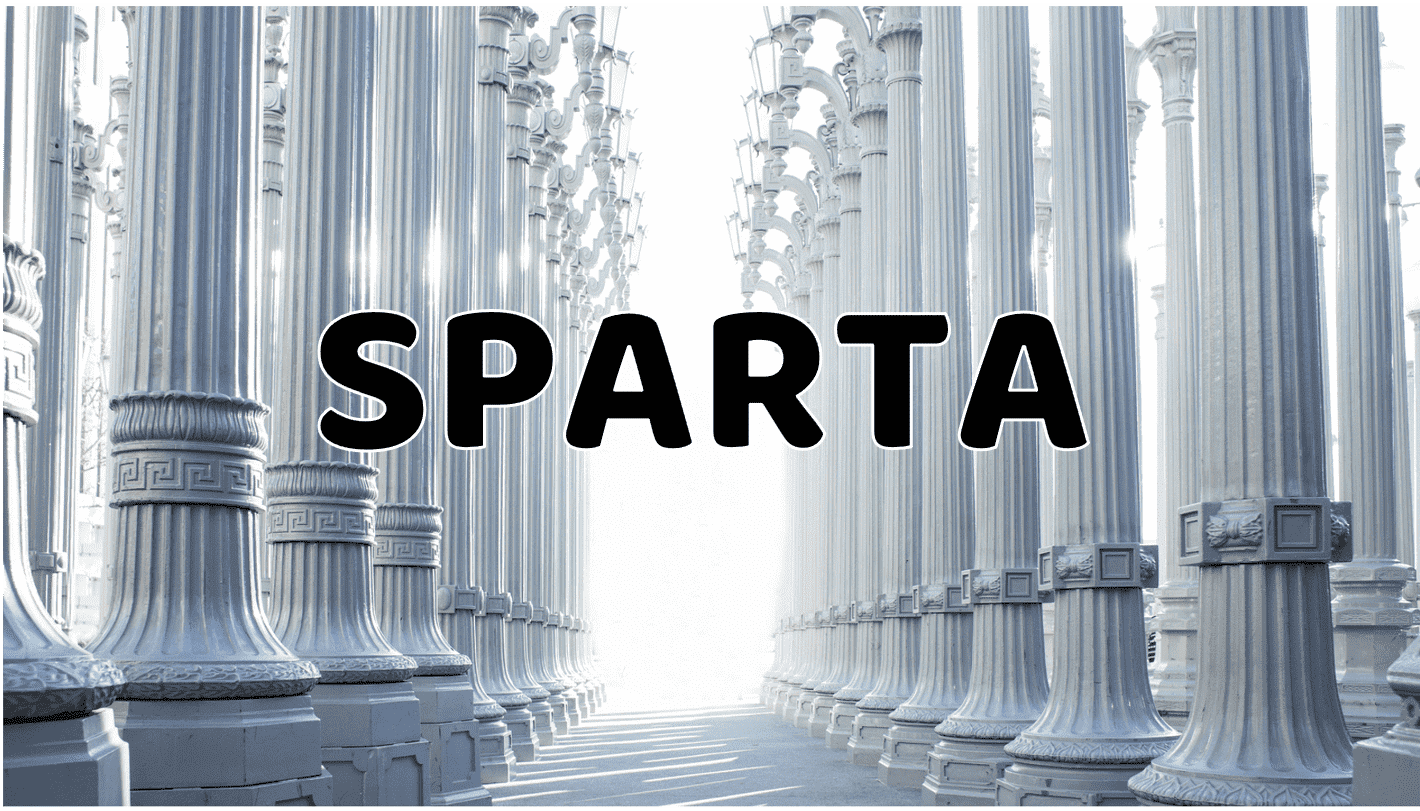Now that I've graduated college and have a little more time and money, I figure it's time I start putting together my dream listening room. I've been poking around the forums a bit, and have been trying to figure out how to solve the DSP link in my signal chain. Unfortunately, the DAC8 pro has too few channels for my needs - here's the system I'm thinking of:
- LX521.4 with all the signal processing in the digital domain (the balanced analog signal processor is proprietary and I don't particularly want to go through multiple stages of circuit prototyping for an analog crossover) - 8 Channels (L/R Hi/HiMid/LoMid/Low)
- 4 Sealed subwoofers, still working out the details on these, but they will require 4 DSP channels.
This brings me up to 12 analog outputs, which it seems like I could do with something like the Motu 16A + a mac mini running CamillaDSP. However, here are my "wants"
- Sonically transparent DAC
- Analog inputs, switchable without logging into a computer.
- A physical volume control, ideally with a remote and a display to show volume level.
- Dirac Live? If I have a standalone DSP solution I'd be OK creating all these filters myself with other software (MSO + Audiolense)
- Balanced interconnects throughout. I'd like to have XLR cables running to 5-channel "monoblocks" next to each main speaker, and to each sub, with integrated plate amps, and have all the DSP hardware off to the side with my turntable (I like vinyl, I know it sounds worse, don't come at me haha)
Curious if the audio scientists have any ideas on hardware I could use in this case. I've been looking at the Symetrix Prism line, but would like high sampling rates, bit depth, and SNR.
- LX521.4 with all the signal processing in the digital domain (the balanced analog signal processor is proprietary and I don't particularly want to go through multiple stages of circuit prototyping for an analog crossover) - 8 Channels (L/R Hi/HiMid/LoMid/Low)
- 4 Sealed subwoofers, still working out the details on these, but they will require 4 DSP channels.
This brings me up to 12 analog outputs, which it seems like I could do with something like the Motu 16A + a mac mini running CamillaDSP. However, here are my "wants"
- Sonically transparent DAC
- Analog inputs, switchable without logging into a computer.
- A physical volume control, ideally with a remote and a display to show volume level.
- Dirac Live? If I have a standalone DSP solution I'd be OK creating all these filters myself with other software (MSO + Audiolense)
- Balanced interconnects throughout. I'd like to have XLR cables running to 5-channel "monoblocks" next to each main speaker, and to each sub, with integrated plate amps, and have all the DSP hardware off to the side with my turntable (I like vinyl, I know it sounds worse, don't come at me haha)
Curious if the audio scientists have any ideas on hardware I could use in this case. I've been looking at the Symetrix Prism line, but would like high sampling rates, bit depth, and SNR.



